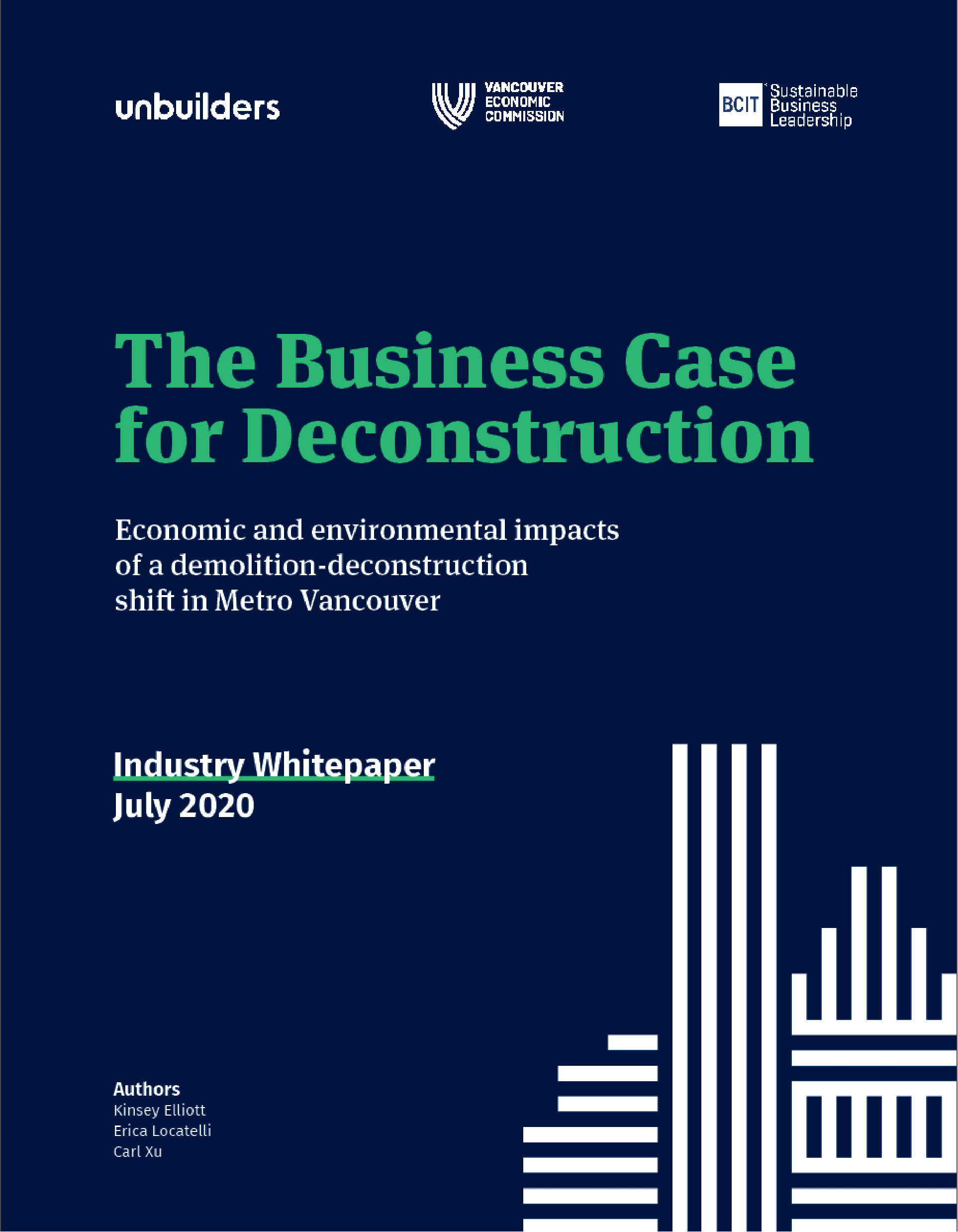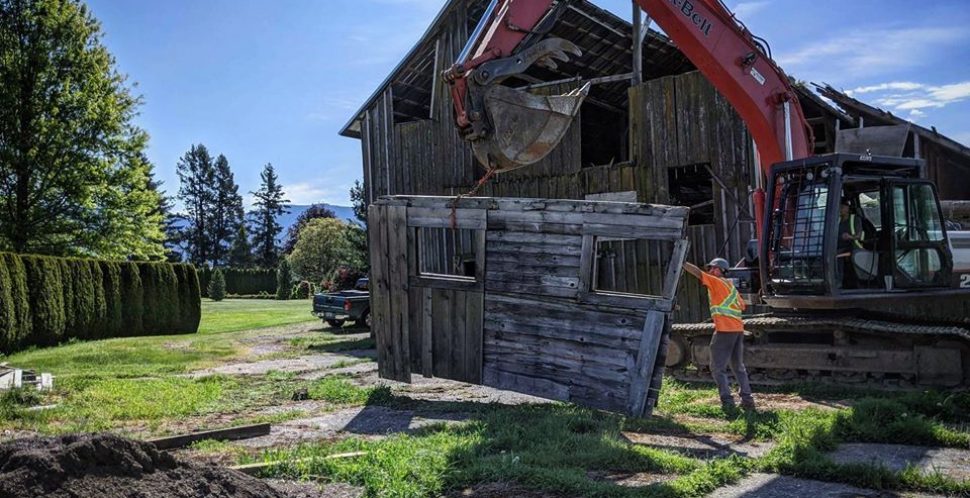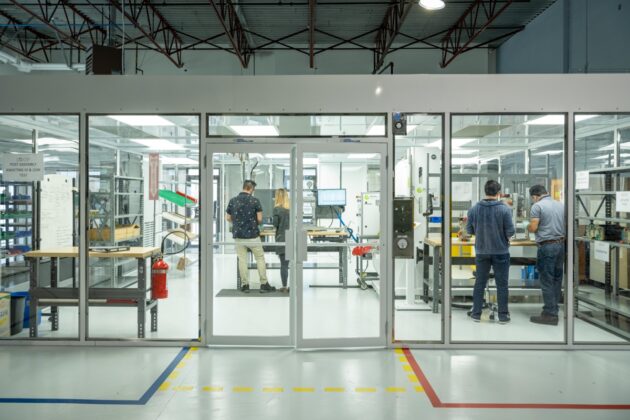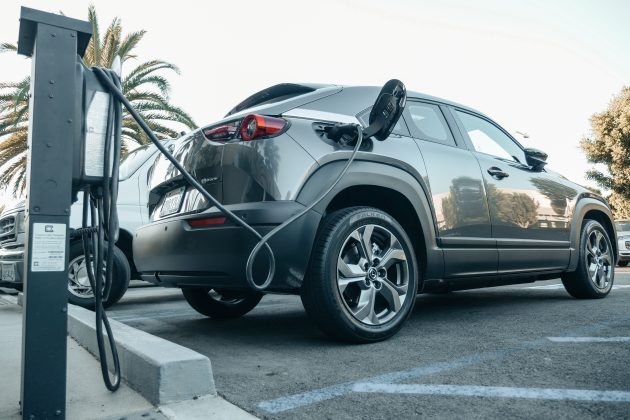What is building?
Is it what we put into it, or what we use it for? A home, an office, a warehouse? What if a building is more than all of these things? What if, as is sometimes said in Europe, it is a “material bank”?
The idea that our buildings are defined by more than their uses has been around for a long time, but in Vancouver, thanks to entrepreneur Adam Corneil, buildings are much more than the sum of their parts. Those parts are worth something, too.
Since 2011, Adam Corneil’s company, Unbuilders, have been deconstructing or ‘unbuilding’ homes across Vancouver. The City of Vancouver’s deconstruction bylaw, which requires all pre-1910 and heritage registered buildings to be deconstructed, meaning “systematically dismantled, typically in the opposite order to which it was constructed,” has been a huge boon to the business and resulted in thousands of tonnes of salvaged wood, but Adam and others throughout the region know that there’s much more that can be done.
Working with a team of BCIT Sustainable Business Leadership Students, Adam Corneil and George Benson, VEC’s Sector Manager for the Built Environment, have now completed a study on the potential value of deconstructed and salvaged materials across the whole of Metro Vancouver.
Researchers Kinsey Elliot, Erica Locatelli, and Carl Xu found that at current valuations, the potential volume of salvageable wood in Metro Vancouver across the 780+ residential demolitions that would be suitable to unbuilding is worth approximately $340 million a year.
Data for the report was analyzed from a top down and bottom up approach in which Metro Vancouver’s total construction and demolition (C&D) waste was compared to a set of sample projects provided by Unbuilders. Demolition wood and concrete were the primary material focus of this report because they are the two largest material compositions in the C&D industry that influence the ability to create a demolition-deconstruction shift in Metro Vancouver.
Key Findings
Reaching Metro Vancouver’s Regional C&D Diversion Target
Metro Vancouver Solid Waste Services’, Integrated Solid Waste, and Regional Management Plan has set a regional waste diversion target of 80% for the C&D industry by 2020. With the introduction of deconstruction’s 94% diversion rate into the C&D sector, the region would exceed their goal and reduce an additional 289,136 tonnes of material landfilled annually. Of the current 78% diversion rate, only 0.3% is currently being put towards reuse. If a 10% salvaging rate based on the deconstruction model was applied to the region, the amount of materials reused annually could reach 179,078 tonnes.
Wood Waste Diversion
Wood makes up approximately 61% of the composition of Metro Vancouver landfill, yet has high economic and environmental value in both salvaging and recycling. Deconstruction diverts approximately 38% more wood waste than the current Metro Vancouver average for traditional demolition, showing that the process in which a structure is taken apart changes the outcome of how materials, particularly wood, can be diverted.
Salvaged Wood Market Estimation
Using a deconstruction model, 30% of wood can be salvaged from a typical project in comparison to Metro Vancouver’s regional salvaging rate of 1% from C&D projects. If the demolition industry were to adopt a deconstruction model across all demolitions, the estimated value of Metro Vancouver’s salvaged wood market has the potential to reach over $340 million a year.
Material Diversion and Municipal Demolition Recycling Requirements
Five municipalities in Metro Vancouver have developed policies in which there is a minimum recycling requirement based on the total weight of a demolition project. Concrete makes up approximately 57% of the total weight of building materials processed in a standard deconstruction project. Meeting a recycling weight requirement of 70% implies that a project would only be required to recycle an additional 13% beyond concrete to meet the minimum. While Metro Vancouver’s rate of concrete recycling is high, wood remains as the highest volume of C&D material by weight that ends up in landfill. In a standard deconstruction project, recycled wood and salvaged wood are the second and third largest weight totals that are diverted from landfill, showing the potential for wood salvaging and clean wood recycling based on a deconstruction model.
Potential Number and Types of Homes Suitable for Deconstruction
More than 780 residential demolitions take place annually in Metro Vancouver that would be ideally suited to deconstruction. Despite deconstruction showing positive environmental and economic impacts, there is still a lack of understanding for how this model works as well as concern about the commitment necessary for policy makers overseeing the industry, and for contractors in receiving the return on increased labour, time and waste diversion efforts associated with it.
Recommendations
Based on their research, expert interviews, and economic analysis, the research team developed recommendations to grow the deconstruction across the region, benefiting not only businesses like Adam’s, but numerous contractors, home recyclers (like Ritchie Brothers), waste haulers, trades people, and others, who are interested in building their business around doing good for their customers and the planet.
- Work collaboratively as local government and industry to develop new strategies and goals for subsequent updates of the ISWRMP;
- Both Metro Vancouver and regional governments should collect and further analyze demolition materials data processed by unlicensed waste facilities and private companies;
- All municipalities in Metro Vancouver should enact policies explicitly supporting deconstruction and demolition material salvaging;
- Municipalities must audit tipping fee receipts, permit applications and waste management plans to ensure tracking and reporting data to support material diversion.
- Develop a network of deconstruction groups of interest through working groups to further identify and lower possible barriers in promoting deconstruction practices for businesses, policymakers, waste facilities, and re-sellers.

The Business Case for Deconstruction
Economic and environmental impacts of a demolition-deconstruction shift in Metro Vancouver
Published: July 2020
Supported by: Unbuilders, BCIT and VEC
Read the industry white paper



